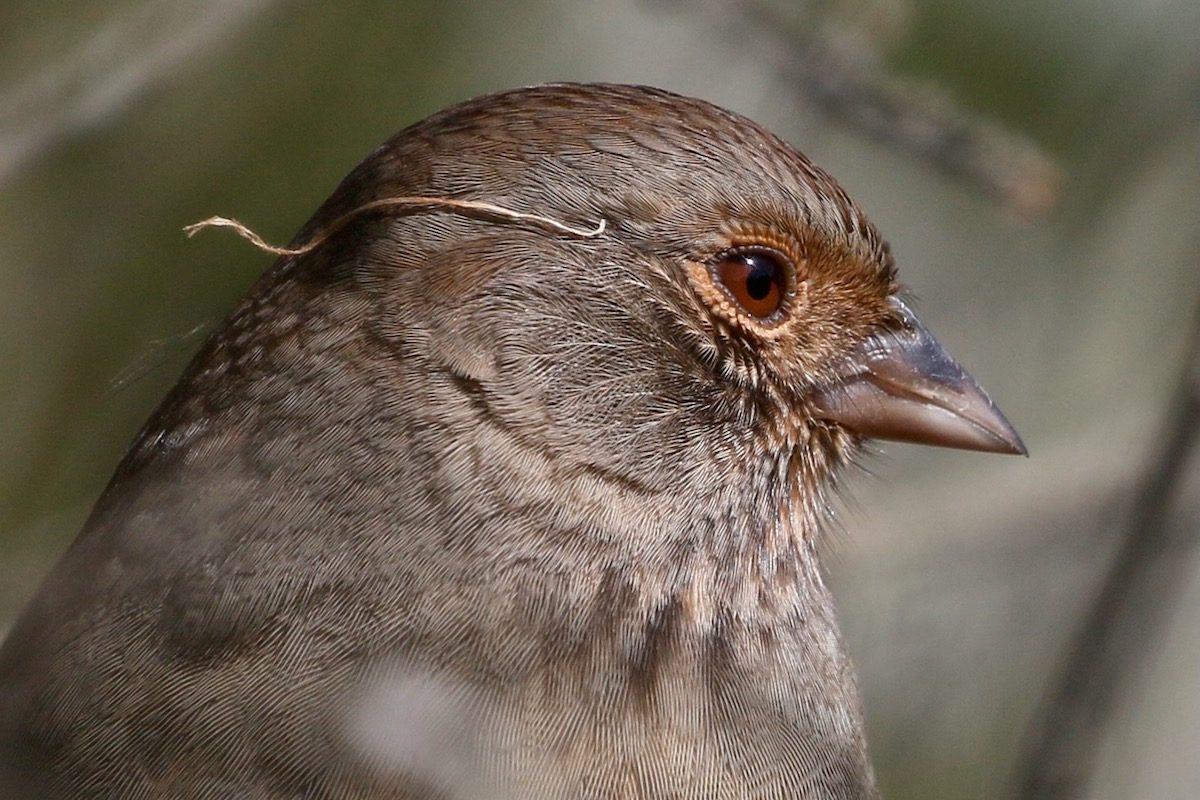

The image you might have had of birdwatchers before you were enlightened by this column, was that of a stuffy older gent clad in a tweed jacket and deerstalker, perhaps smoking a pipe, peering through heavy brass binoculars and opining about the finer points of identification. If your mind had not been disavowed of such notions, taking a look at the latest crop of hot shot birders at UCSB would certainly be an eye opener. Indeed, the pandemic, by pushing people out into nature, has helped bring a whole new generation into watching birds. Birding is suddenly cool.
The term birdwatcher has fallen by the wayside in recent years, and birder is the preferred term. Being a birdwatcher implies that you are using only the sense of sight to appreciate birds, but there is so much more to it than that. Most birders with any experience will use sound to identify most of the birds they encounter, especially in a woodland setting. I recently led a walk with novice birders, and they were amazed at just how many birds, and what a great variety, were around them.
One of the participants asked how I learned to associate each sound with a particular bird. For me it has been through repetition while spending time out in the field. After a few times of seeing a bird and hearing the calls or songs it gives, the association has been made and I’ll recognize the bird by ear without having to see it.
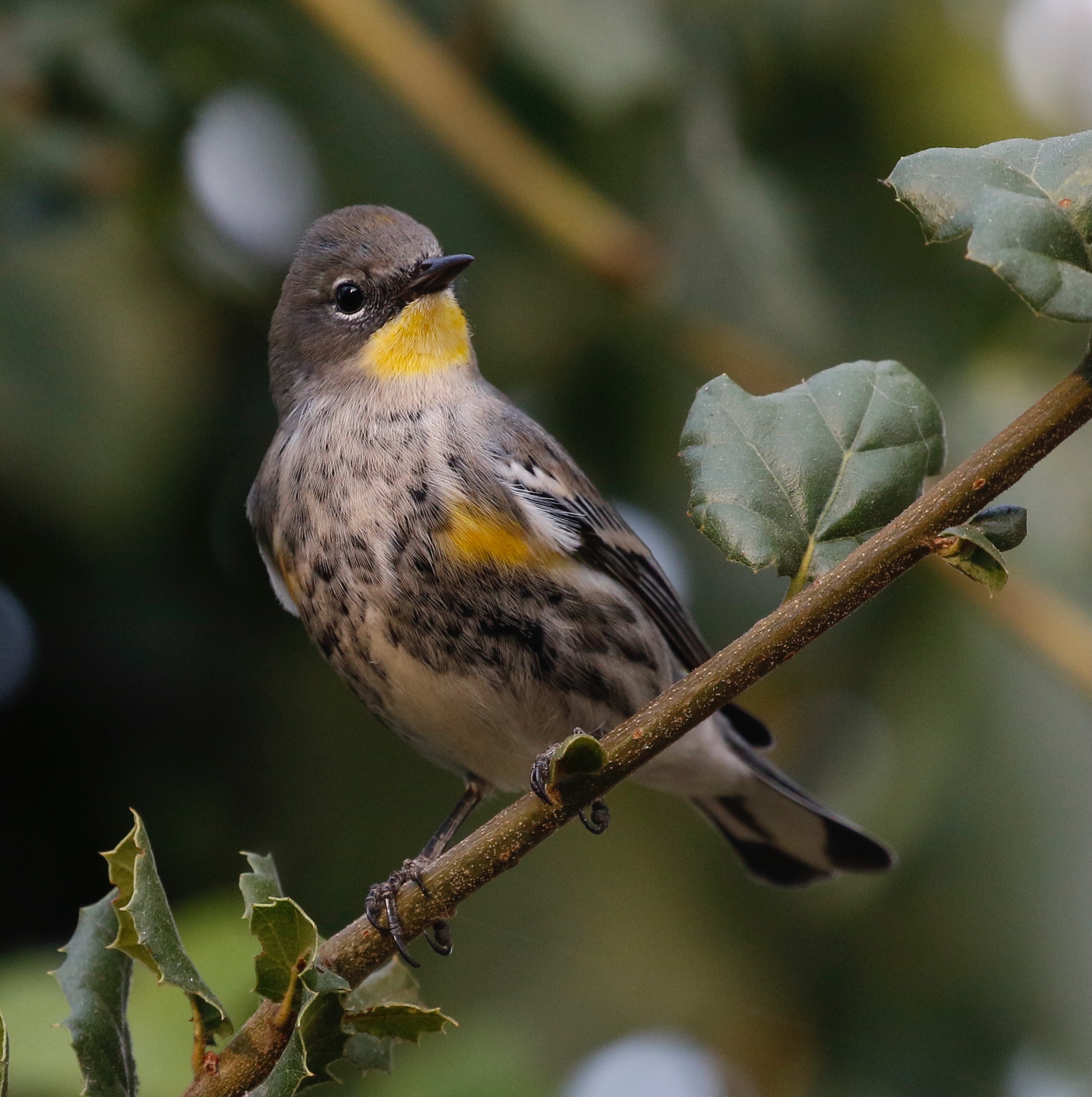
Technology can help speed up the process of learning bird sounds. The phone app Merlin, produced by Cornell University and available free of charge, can be an excellent tool. To use it to identify songs or calls, you tap Sound ID on the app, and your phone will “listen” to all the birds close to you and identify them, giving you a list of every bird that is recognized. Every time a yellow-rumped warbler gives its “chip” call, the warbler’s name will light up on your phone, thus cementing the association in your mind. Not only that, a file will be saved of the recording session so you can go back and listen to the birds again.
I know several non-birders who use Merlin outside their residences; it gives a great deal of satisfaction and a new awareness of the richness of life around us to know the names of the birds close to home.
Training yourself to be aware of the sounds of the birds is, to me, a form of meditation or mindfulness. I used to have a dog who was highly anxious, and so I would take him out for a long walk at 5:20 a.m. every morning before I had to get ready for work in the hope that exercise would calm him. In the winter there would be no birds to listen to, but as spring progressed, the birds would pipe up earlier and earlier. I focused my attention on this dawn chorus, and attempted to identify each sound I heard. Some mornings I was able to tally 25 species, and one memorable morning I hit the 30 species milestone — all these birds within a two-mile walk around the Westside.
The first birds to call are inevitably American crows and California towhees. Next would be the twittering songs of house finches, the measured fluting of mockingbirds, the question and answer of the black phoebe, and the chattering of hooded orioles. By paying attention to each sound as it came to me, I was slowing down my own chattering mind, and for these precious few minutes, I was living in the present moment.
When you’re starting out birding, joining a group or finding a mentor can be invaluable, and that’s where the learning begins. But, for me at least, there is nothing like the experience of being alone with the birds, when you really are never alone.
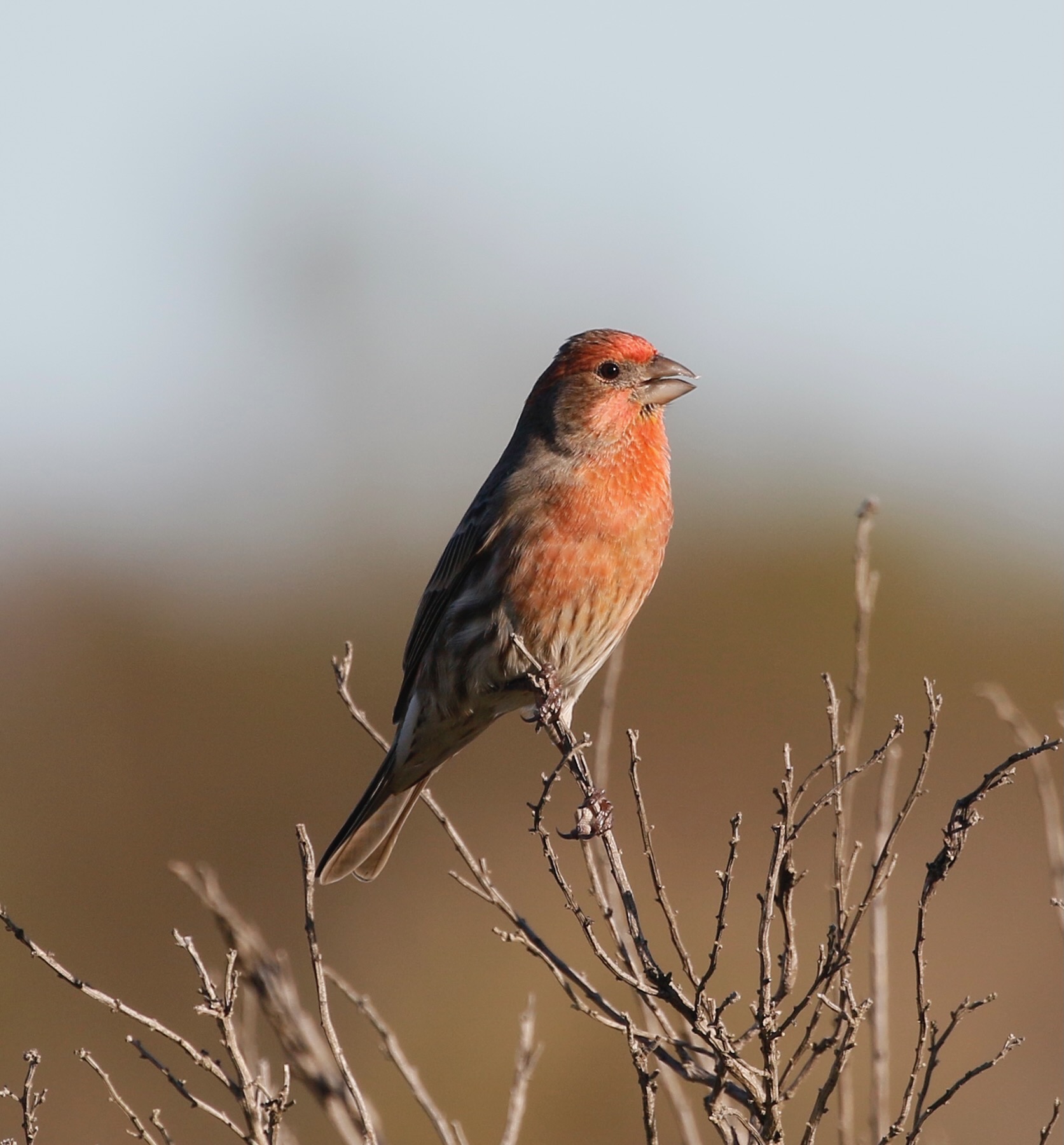
One place where it behooves you to know the sounds of birds is in the tropical rain forests, where, because of the dense vegetation, you are more likely to hear a bird than see it. A man who knows both the sights and sound of tropical birds is Benny Isaac Jacobs-Schwartz, who will give a free illustrated presentation on The Magic of Central America: Costa Rica’s Birds and Ecology, on Wednesday, November 15, at the Santa Barbara Museum of Natural History’s Farrand Hall at 7:30 p.m. The talk is sponsored by the Santa Barbara Audubon Society.
Are you looking for a gift for the nature lover in your life? I’ve created a Santa Barbara Bird Calendar with some of my photos, and it’s available at both Chaucer’s and Tecolote book stores. All proceeds benefit the Santa Barbara Audubon Society.
Hugh Ranson is a member of Santa Barbara Audubon Society, a nonprofit organization that protects area birdlife and habitat and connects people with birds through education, conservation, and science. For more information, see SantaBarbaraAudubon.org.

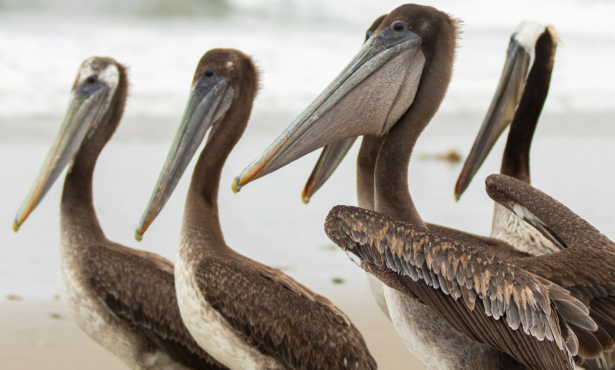

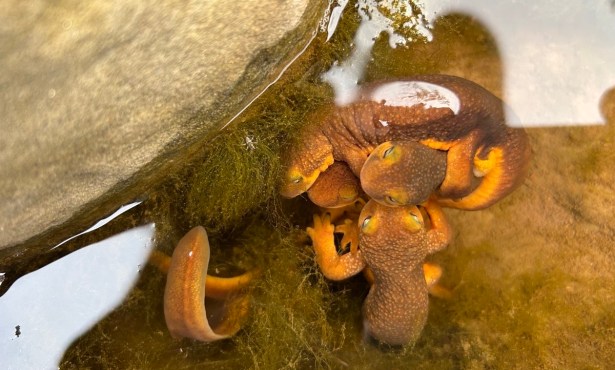
You must be logged in to post a comment.